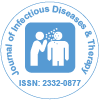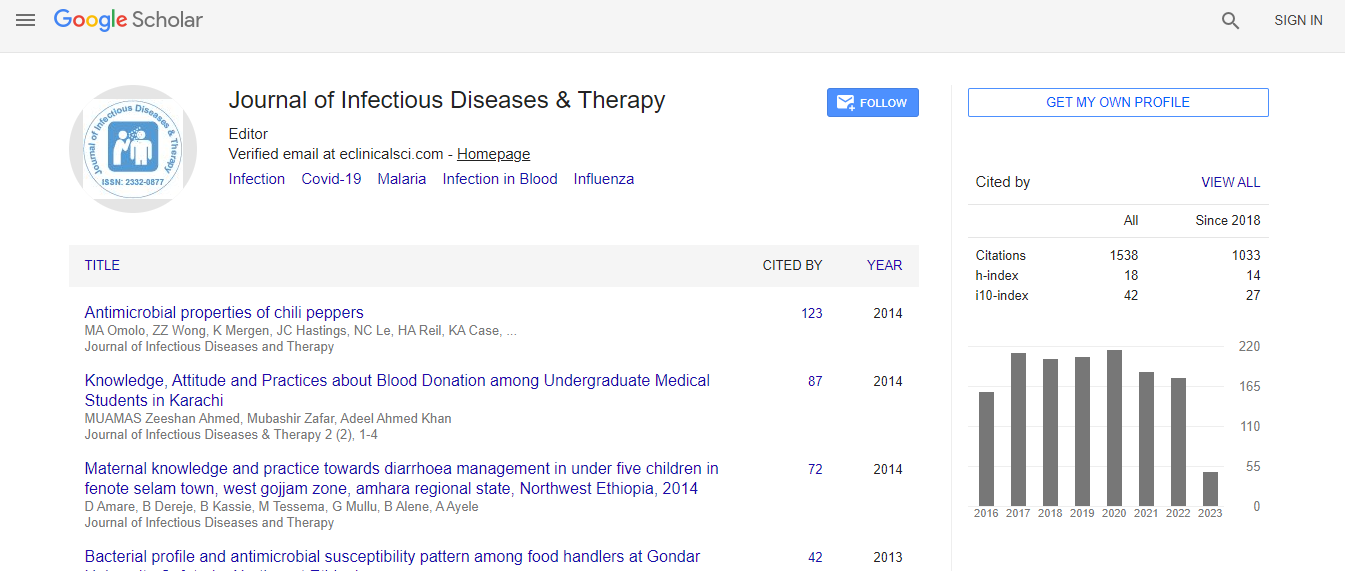Review Article
Medicinal Plants, an Important Reserve of Antimycobacterial and Antitubercular Drugs: An Update
| María Adelina Jiménez-Arellanes1*, Gabriel Gutiérrez-Rebolledo1, Susana Rojas-Tomé2 and Mariana Meckes- Fischer3 | ||
| 1Unidad de Investigación Médica (UIM) en Farmacología, México | ||
| 2Laboratorio de Neuropsicofarmacología, México | ||
| 3Centro de Diagnóstico en Metabolismo Energético y Medicina Mitocondrial S.C. (CEDIMEMM). Av, México | ||
| Corresponding Author : | María Adelina Jiménez Arellanes UIM en Farmacología, Hospital de Especialidades Edif. CORSE 2° piso, CMN SXXI. Av. Cuauhtémoc 330 Col. Doctores, Delg. Cuauhtémoc, México Tel: 52-55 56276900 E-mail: adelinajim08@prodigy.net.mx |
|
| Received July 16, 2014; Accepted October 24, 2014; Published October 31, 2014 | ||
| Citation: Jiménez-Arellanes MA, Gutiérrez-Rebolledo G, Rojas-Tomé S, Meckes-Fischer M (2014) Medicinal Plants, an Important Reserve of Antimycobacterial and Antitubercular Drugs: An Update. J Infect Dis Ther 2:185. doi:10.4172/2332-0877.1000185 | ||
| Copyright: © 2014 Jiménez-Arellanes MA, et al. This is an open-access article distributed under the terms of the Creative Commons Attribution License, which permits unrestricted use, distribution, and reproduction in any medium, provided the original author and source are credited. | ||
Related article at Pubmed Pubmed  Scholar Google Scholar Google |
||
Abstract
Background: Tuberculosis is a global and serious Public Health problem due to the increase of multidrugresistant and extensively drug-resistant cases; as a result, diverse research groups worldwide are focusing their efforts on finding novel antituberculous agents that can provide greater effectiveness, less toxicity and having a specific mechanism of action, possibly being coadjuvants in the treatments currently prescribed.
Methods: The present review covers the literature published concerning secondary metabolites of those Mexican medicinal plants and secondary metabolites isolated from them showing in vitro antimycobacterial activity with MIC <50 μg/mL against sensitive and MDR M. tuberculosis strains as well as against NTM strains. The review also includes a special section for those natural compounds or plant extracts with antitubercular activity evaluated an in vivo experimental tuberculosis model.
Results: Some pure compounds with MIC<25 μg/mL are: 2-oxo-14-(3´,4´-methylenedioxyphenyl) tetradecane, 2- oxo-16-(3´,4´-methylenedioxyphenyl)hexadecane, 5,6-dehydro-7,8-dihydro methysticin, cepharanone B and piperolactam A (from Piper sanctum), suberosin (from Arracacia tolucensis) and leubethanol (from Leucophyllum frutescens). In addition, (-)-licarin A (from Aristolochia taliscana) was active against M. tuberculosis H37Rv, 12 MDR M. tuberculosis clinical isolates and four non-tuberculous mycobacteria. On the other hand, the antitubercular activity of (-)-licarin A, ursolic acid and oleanolic acid has been determined in a TB murine experimental in vivo model; (-)-licarin A reduces the bacterial lung load and the percentage of pneumonia in animals infected with M. tuberculosis H37Rv and MDR M. tuberculosis. The mixture of ursolic and oleanolic acids showed a significant reduction of bacterial loads and pneumonia in animals infected with M. tuberculosis H37Rv and MDR M. tuberculosis.
Conclusion: Since (-)-licarin A, ursolic acid and oleanolic acid have been evaluated as antitubercular compounds, these metabolites are candidates proposed feasible to be proposed for development of antituberculosis drugs.

 Spanish
Spanish  Chinese
Chinese  Russian
Russian  German
German  French
French  Japanese
Japanese  Portuguese
Portuguese  Hindi
Hindi 